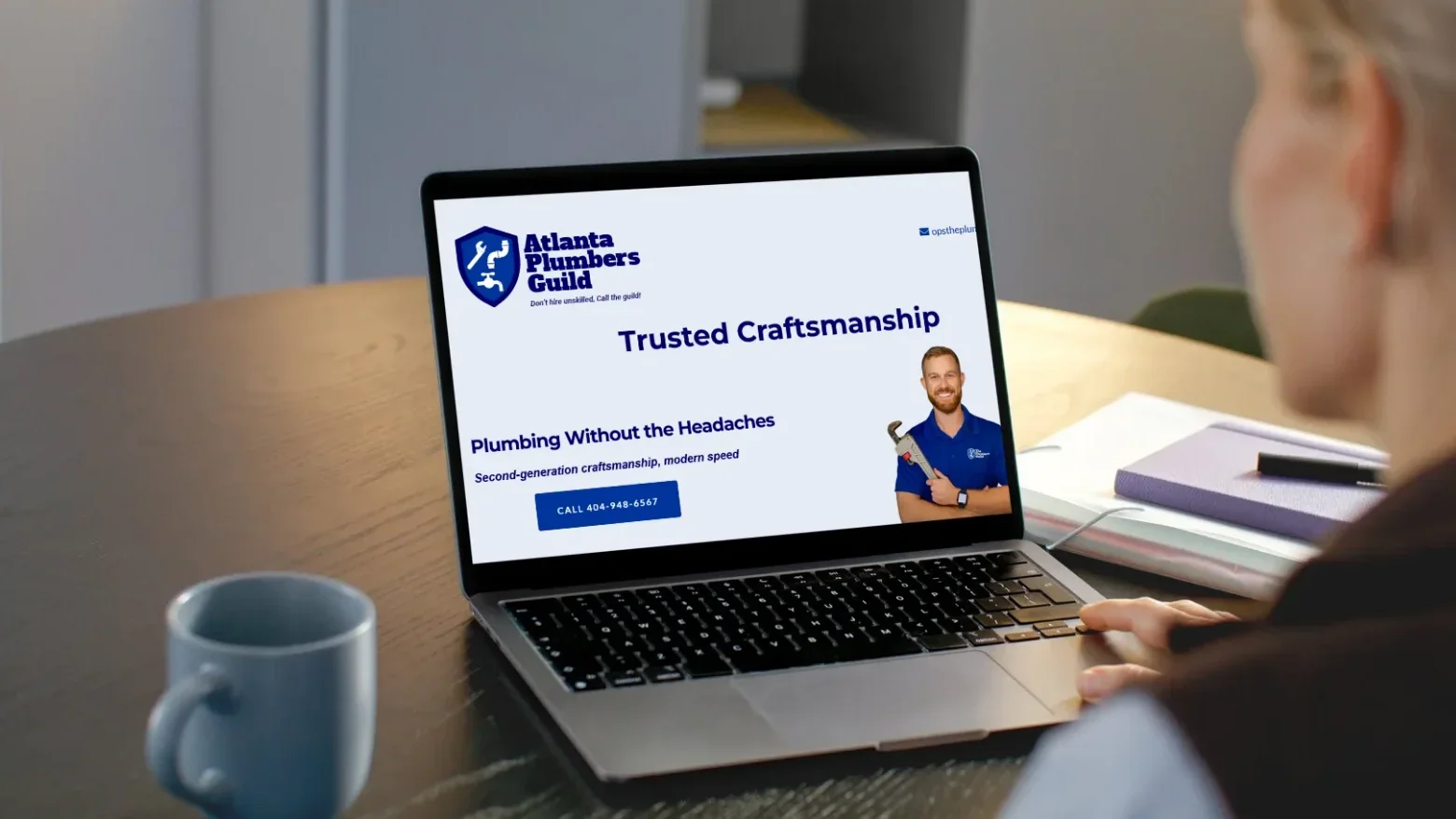Did you know? High-risk merchants often face chargeback rates over 1%, risking hefty fines and account closures. Yet, with the right strategies, these challenges can be transformed into competitive advantages. Join Tiffany Segura, CEO of AVP Solutions, as she unveils expert insights on high-risk payment processing, offering clear guidance to businesses navigating this complex terrain.
Startling Realities of High-Risk Payment Processing
Operating a high-risk business means more than just selling unique products or services—it entails contending with a payment ecosystem that treats your transactions as inherently challenging. High-risk merchant accounts don’t judge your integrity; rather, they signal increased vulnerability to financial institutions, leading to heightened scrutiny. Tiffany Segura, of AVP Solutions, sheds light on this distinction: The label "high-risk" isn't a judgment of a business's integrity but a classification by financial institutions based on perceived vulnerabilities.
Such classifications lead to real-world consequences. Merchants often face significantly raised fees, complicated contracts, and a limited set of willing payment processors. Without strategic management, these factors can bottleneck cash flow and put daily operations at risk. Understanding these realities early and acting proactively forms the cornerstone of sustainable business growth within risk-laden industries.
Understanding High-Risk Merchant Accounts and Payment Processing Challenges
Common Issues Faced by Risk Merchant Accounts
- Higher transaction and chargeback fees impacting profitability: High-risk transactions come with built-in costs that cut into margins, including elevated fees for processing and chargebacks.
- Increased scrutiny leading to account freezes or terminations: Payment processors constantly monitor accounts for red flags, occasionally freezing or cutting off services to protect their exposure.
- Complex contracts with rolling reserves and strict underwriting: Contracts may require reserves held for future chargebacks and lengthy vetting processes before approvals.
- Limited payment processing solutions due to industry risk: Not all providers accept high-risk merchants, limiting options and potentially impacting operational flexibility.
- Evolving compliance requirements in risk industries: Regular updates in regulations, such as KYC and PCI DSS, demand constant vigilance and adaptation.
- Greater exposure to fraud, especially card-not-present transactions: Online risk merchants face higher incidences of fraud necessitating advanced detection and prevention methods.
The Impact of Risk Payment Processing on Business Operations
High-risk payment processing directly influences several operational facets—from cash liquidity to customer experience. The burden of managing elevated fees and compliance demands often diverts resources away from core business growth activities. Frequent chargebacks can drastically disrupt revenue and tarnish merchant reputation, prompting processor suspensions that halt sales. These operational challenges, left unchecked, may culminate in substantial financial losses or even business closure.
However, savvy merchants recognize that effective risk payment processing is achievable by instilling robust controls and fostering transparent processor relationships. As Tiffany Segura outlines, “Proactive risk management and communication are key to navigating the evolving payments landscape and overcoming challenges like new regulations.” By anticipating potential pitfalls and implementing sound policies, high-risk merchants can mitigate vulnerabilities and stabilize their operations.

Building Trust with Payment Processors: Expert Insights on High-Risk Payment Processing
Proactive and Transparent Communication
- Disclose business model and risks upfront during application: Full transparency establishes credibility from the start and sets realistic expectations.
- Notify processors of operational changes proactively: Informing processors about new products or campaign spikes prevents surprises that could trigger scrutiny.
- Maintain ongoing dialogue to build confidence: Regular check-ins demonstrate responsibility and foster a collaborative business relationship.
Building trust is not a one-time checkbox, but an ongoing effort. Tiffany Segura, CEO at AVP Solutions, highlights that “Transparency during application and continuous communication show processors that a high-risk merchant is a reliable partner.”
This upfront honesty helps processors tailor their risk controls and reduces the likelihood of abrupt account freezes.
Implementing Robust Fraud Prevention Measures
- Utilize advanced fraud detection tools like AVS, CVV, and 3D Secure 2.0: These tools authenticate transactions and dissuade fraudulent attempts.
- Ensure PCI DSS compliance with tokenization and encryption: Protecting cardholder data builds processor confidence and reduces liabilities.
- Prioritize data security to protect card payments: A secure payment environment safeguards both merchants and customers from breaches.
With the ever-growing sophistication of card-not-present fraud in risk industries, high-risk merchants must invest strategically in fraud prevention technology. Tiffany Segura reinforces this by saying, “Fraud exposure is a critical risk factor; advanced detection and prevention measures not only protect your business but strengthen trust with processors.”

Chargeback Prevention and Management
- Provide clear product descriptions and transparent refund policies: Reducing confusion helps prevent customer disputes and chargebacks.
- Respond promptly to disputes to avoid escalation: Timely customer service can resolve issues before chargebacks occur.
- Use clear billing descriptors to reduce friendly fraud: Ensuring your business name is recognizable on statements minimizes accidental disputes.
Chargebacks remain one of the top threats to merchants' stability. A proactive chargeback management approach demonstrates professionalism and lowers financial risks. Ensuring customers understand exactly what they’re paying for and how to seek refunds builds goodwill and defuses potential disputes.
Demonstrating Financial Stability
- Maintain positive financial records and transparency: Sharing clear documentation reassures processors about your business viability.
- Manage rolling reserves effectively to reassure processors: Skillful reserve handling evidences financial discipline in the face of risk.
Financial transparency plays a pivotal role in trust-building. Tiffany Segura notes, “Processors want to see that you can manage your finances effectively and have the ability to handle potential losses.” A proven track record of stability minimizes processor concerns and can lead to better terms and uninterrupted service.

Choosing the Right Processing Partner
- Select specialized providers experienced with risk merchant accounts: Expertise in your industry equates to tailored support and understanding.
- Build collaborative relationships for better support and terms: Seeing your processor as a partner fosters solutions during challenges.
According to Tiffany Segura, A collaborative relationship built on trust can lead to better terms, and a processor who understands your business is more likely to support you through any challenges.
Selecting the right payment partner is foundational not only to approvals but to long-term operational success.
Internal Processes to Maintain Low Chargeback Rates in Risk Payment Processing
Enhancing Customer Communication and Transparency
- Use clear and recognizable billing descriptors with website URLs: Customers can easily identify charges, reducing accidental disputes.
- Keep customers informed throughout the purchase journey: Confirmation emails, shipment tracking, and accurate product descriptions build trust.
- Send subscription renewal reminders to prevent friendly fraud: Automated notifications help customers avoid unwelcome surprises on their statements.
Meticulous communication helps prevent misunderstandings that lead to chargebacks. High-risk merchants benefit significantly by guiding customers clearly and consistently through each transaction step.
Advanced Fraud Detection and Prevention
- Leverage AI and machine learning fraud tools analyzing behavioral patterns: Sophisticated algorithms detect anomalies beyond simple checks.
- Strengthen payment authentication with AVS, CVV, and 3D Secure 2.0: Adding layers of transaction verification cuts down fraud losses.
- Monitor transactions in real-time for anomalies: Immediate detection allows for quick intervention before damages occur.
High-risk merchants must stay ahead of fraudsters by implementing cutting-edge technologies and transaction monitoring. These controls minimize chargeback risk and protect both customers and merchants.

Streamlining Issue and Dispute Resolution
- Provide accessible and responsive customer service: Prompt attention to complaints often prevents chargeback escalation.
- Maintain clear and easy refund policies prominently displayed: Transparency encourages customers to resolve issues directly.
- Use chargeback alert services like Ethoca Alerts for quick response: Early dispute notifications allow merchants to act swiftly and prevent chargebacks.
- Keep meticulous transaction and communication records: Well-organized documentation supports successful chargeback representment.
Efficient dispute resolution systems protect merchants by intercepting chargebacks early. AVP Solutions emphasizes that strong customer service coupled with operational vigilance is imperative to maintain low chargeback rates.

Continuous Monitoring and Adaptation
- Analyze chargeback patterns to identify and address root causes: Data-driven insights enable targeted improvements.
- Update staff training regularly on fraud trends and prevention techniques: Empowered teams detect and mitigate risks more effectively.
Success in high-risk payment processing demands ongoing evaluation and agility. Periodic review of dispute causes and sustained employee education ensure your business stays resilient amid evolving threats.
Navigating Compliance and Regulatory Challenges in Risk Industries
Key Compliance Requirements for Risk Merchant Accounts
- Know Your Customer (KYC) protocols to verify identities: Proper customer vetting reduces fraud and meets regulatory mandates.
- Payment Card Industry Data Security Standard (PCI DSS) adherence: Meeting these standards safeguards payment data integrity.
- Regular audits and documentation to meet regulatory standards: Constant compliance reduces legal risk and operational interruptions.
Risk merchant industries face a labyrinth of compliance hurdles, but maintaining high standards ensures operational continuity and builds credibility with processors and customers alike.

Comprehensive Payment Processing Solutions for High-Risk Businesses
Specialized Payment Processors and Services
- Providers with expertise in high-risk payment processing: These processors understand industry nuances and regulatory requirements.
- Integration of advanced fraud prevention and chargeback management tools: Tailored solutions minimize risk and maximize approvals.
- Flexible contract terms accommodating rolling reserves and compliance needs: Customized agreements help optimize cash flow management.
Benefits of Choosing the Right Payment Processing Solution
- Improved transaction approval rates: Specialized processors better navigate risk profiles and compliance, increasing acceptance.
- Reduced fraud and chargeback losses: Advanced tools and expertise diminish costly disputes.
- Enhanced customer experience and trust: Smooth transactions encourage repeat business and positive reviews.
People Also Ask: FAQs on High-Risk Payment Processing
What is high risk payment processing?
High risk payment processing involves managing transactions for businesses that financial institutions classify as having a higher probability of fraud, chargebacks, or regulatory compliance issues. These merchants often face increased fees, stricter contracts, and fewer processor choices but can thrive with specialized strategies.
What are the risks of payment processing?
Risks include fraud, chargebacks, account freezes, payment delays, regulatory non-compliance, and financial losses. For high-risk merchants, these risks are elevated and require strong prevention and management solutions.
Is HighRiskPay legit?
HighRiskPay is a known payment processor specializing in services for high-risk merchants. To verify legitimacy, consider customer reviews, business accreditation, regulatory compliance, and direct communication with the provider.
What is a high risk form of payment?
High-risk forms of payment commonly include transactions via credit cards without physical customer verification (card-not-present), international payments, or those involving industries with high fraud rates or regulatory scrutiny.
Key Takeaways from Tiffany Segura on Expert Insights on High-Risk Payment Processing
- Transparency and proactive communication build processor trust.
- Robust fraud prevention and chargeback management are essential.
- Financial stability and specialized processing partners improve outcomes.
- Continuous monitoring and compliance ensure long-term success.
| Challenge | Solution |
|---|---|
| High fees and reserves | Choose specialized processors with tailored terms |
| Frequent chargebacks | Implement clear communication and fraud tools |
| Regulatory compliance | Maintain up-to-date KYC and PCI DSS adherence |
| Limited processor options | Build strong relationships with experienced providers |
Conclusion: Mastering High-Risk Payment Processing with Expert Guidance
Adopt transparency, leverage advanced fraud tools, maintain financial stability, and partner with experts to master high-risk payment processing complexities.
Processing Problems Solved: Contact AVP Solutions Today
For tailored support and reliable service in high-risk payment processing, call AVP Solutions at (800) 719-9198. Let our expertise guide your business to seamless transactions and growth.
 Add Row
Add Row  Add
Add 



Write A Comment